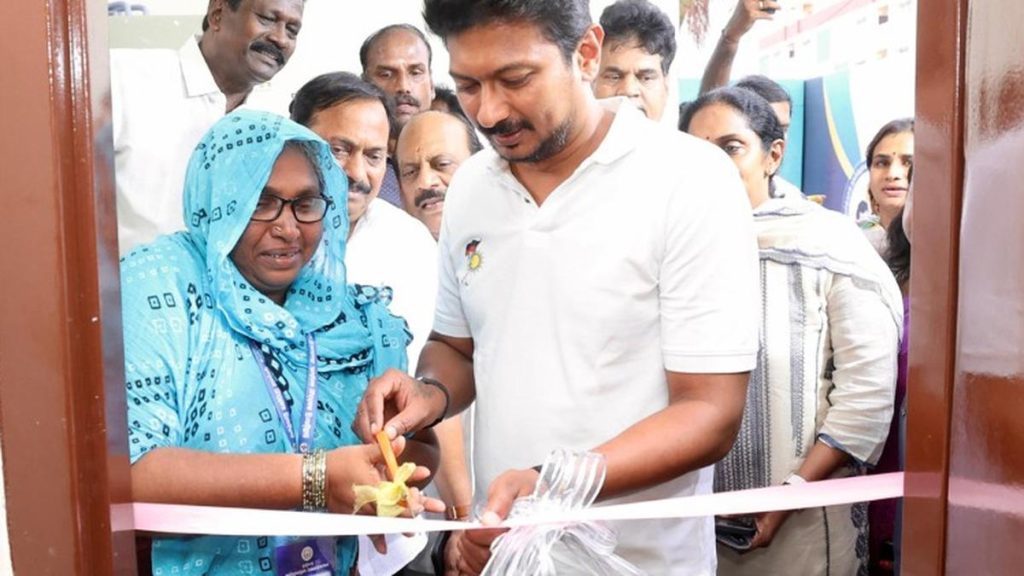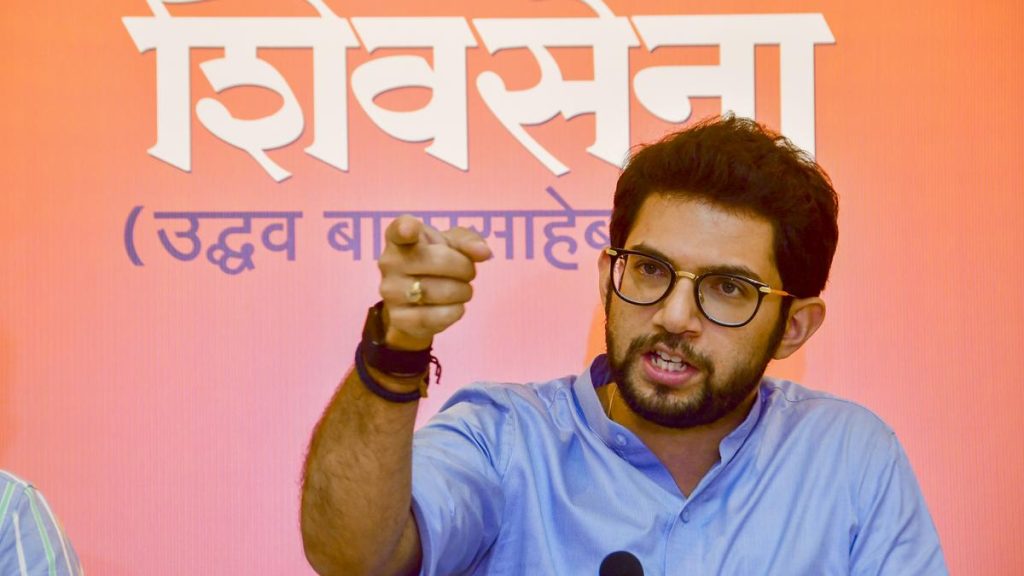Now Reading: Centre Awaits Cost Revision for Bengaluru Metro’s Red Line Approval
-
01
Centre Awaits Cost Revision for Bengaluru Metro’s Red Line Approval
Centre Awaits Cost Revision for Bengaluru Metro’s Red Line Approval

Rapid Summary
- Teh Hebbal-Sarjapur stretch (Red Line) of Bangalore Metro’s Phase 3A project is a 36.59-km metro expansion aimed at connecting Sarjapur and Hebbal, including major IT zones and residential areas in Bengaluru.
- The estimated cost of the project is ₹28,405 crore-₹776.3 crore per km-making it the most expensive line in Namma Metro’s history.
- Approved by karnataka Cabinet in December 2024, it is now under review by the union Ministry of Housing and Urban Affairs (MoHUA), requiring cost reassessment as per benchmarking guidelines.
- Nearly 16.8 km from Koramangala to Hebbal will be underground,while the elevated portion between Sarjapur to Koramangala will include 15 stations; there will be a total of 26 stations on this line.
- Land acquisition costs are projected at ₹8,080 crore for required land spanning approximately 161.65 acres; private land near Sarjapur Circle will host a proposed depot.
- Construction may extend beyond its initial completion deadline of December 2030 due to approval delays; final clearance from MoHUA is anticipated by end of 2025 after reassessment with an independent consultant.
Indian Opinion Analysis
The proposed Red Line represents a critical progress in Bengaluru’s urban transport infrastructure but raises several financial and procedural challenges that merit closer scrutiny. As India’s IT capital faces increasingly congested roads and demands for seamless connectivity between tech hubs like Sarjapur and residential regions like Hebbal, this metro expansion could alleviate significant bottlenecks once operational.
Though, with costs exceeding standard benchmarks-and ₹8,080 crore earmarked solely for land acquisition-the concerns raised by MoHUA regarding financial rationalization appear justified. this reassessment process introduces further delays perhaps pushing completion beyond its tentative schedule (2030). While such recalibrations can improve long-term sustainability and ensure efficient utilization of public funds through accountability mechanisms like external consultants’ involvement-they may also disrupt short-term implementation schedules needed to address existing transit issues rapidly.
As half-funders via equity shareholding in Namma Metro projects-the Centre’s directive reflects strategic oversight inherent within cooperative federalism frameworks yet underscores dependency on inter-governmental approvals which historically tend toward bureaucratic lag wherein consequences reflect diverse stakeholders affected regionally awaiting expedited functional outcomes campaigns simultaneously balancing central imperative guarantees multi-sector coherence supporting varying populace localised everyday impact contextualisation reliance resolute concepts societal movement freedoms transitory enablers inclusivity ervaring!
link: (Not available)
























